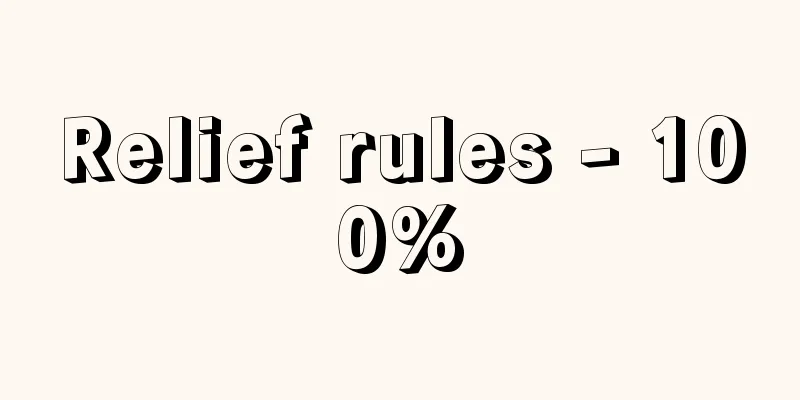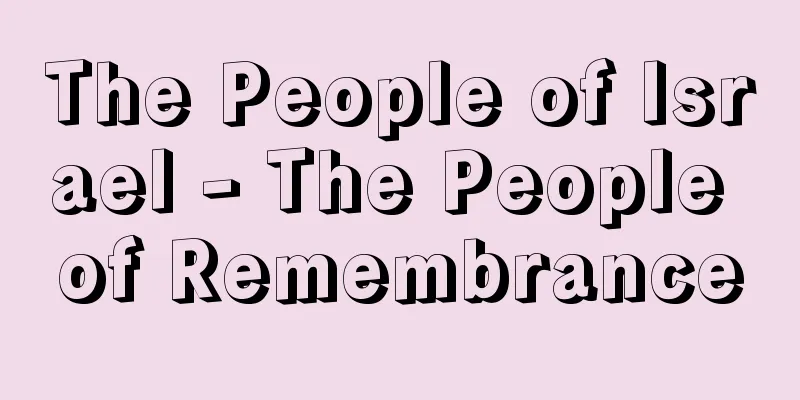Relief rules - 100%

|
The Relief Regulations enacted in 1874 (Meiji 7) stated in its preamble that relief should be provided by mutual friendship between people, and stipulated that the state would provide relief only to those who lacked the ability to work and were undocumented poor. Although it was a form of poor relief provided by a modern state, it had a completely different character from the British Poor Law, which was based on the principle of local government obligation to provide relief. In particular, its greatest characteristic is that it inherited the charity relief provided by rulers from premodern times and was extremely restrictive. The recipients were the disabled, aged, and chronically ill people over 70 years old, orphans under 13 years old, and other poor people who were poor and alone, with the amount of cash provided to the elderly in the form of 1.8 koku per year, the sick in the form of 3 go of rice per day for men, 2 go of rice per day for women, and 7 go of rice per day for children, calculated as the equivalent of the amount of rice used in the lower classes. It also adopted a bureaucratic system in which relief was provided at the government's expense. This rule continued for over 50 years until the enactment of the Relief Act in 1929 (Showa 4), resulting in a tendency to view public relief as special and restricting the possibility of it being granted as a right. [Miwako Ikemoto] "The Establishment of the Relief Regulations" by Masaaki Ogawa (included in "The Family Registration System and the 'Family' System" edited by Masao Fukushima, 1959, University of Tokyo Press) " "The History of Social Welfare in Japan" by Takamasa Ikeda (1986, Horitsu Bunkasha) Source: Shogakukan Encyclopedia Nipponica About Encyclopedia Nipponica Information | Legend |
|
1874年(明治7)に制定された恤救規則は、その前文で救済は本来人民相互の情誼(じょうぎ)によって行うべきものであるとされ、それが適わない、労働能力を欠き且つ無告の窮民であることを条件として国家が救済を行うことを規定したものである。近代国家の救貧であるが、自治体の義務救助主義にもとづくイギリスの救貧法などとは全く異なる性格をもつ。とくに、前近代以来の支配者による慈恵的救済を継承し、極めて制限主義的な内容である点が最大の特徴である。対象者は70歳以上の廃疾者・老衰者・長病者、13歳以下の孤児など、鰥寡(かんか)孤独の窮民で、支給は高齢者には年間1石8斗分、病者には男1日米3合分、女2合分、子どもには年間7斗分の下米(げまい)換算の現金給付である。また国費救済が基本となる官治主義をとった。この規則は1929年(昭和4)制定の救護法まで50年以上も継続し、結果として公的救済を特別視する傾向をもたらすとともに、その権利化への可能性を抑制することとなった。 [池本美和子] 『小川政亮著「恤救規則の成立」(福島正夫編『戸籍制度と「家」制度』所収・1959・東京大学出版)』▽『池田敬正著『日本社会福祉史』(1986・法律文化社)』 出典 小学館 日本大百科全書(ニッポニカ)日本大百科全書(ニッポニカ)について 情報 | 凡例 |
>>: Budding - shutsuga (English spelling)
Recommend
Friedlander, K.
...In America, social factors such as the family ...
Mitsumasa Yonai
A military man and politician of the Showa period...
Differentiable manifold
Also known as a differentiable manifold. The most ...
Al-Jazzār, Aḥmad Pasha
[Born] Around 1734 [Died] 1804 Middle Eastern poli...
myositis ossificans progressiva
…Treatment involves removing the bone after it ha...
Sakutaro Hagiwara
Poet. Born November 1, 1886 in Maebashi City, Gun...
Enkyoji Temple
A Shingon Buddhist temple in Kitakata-cho, Motosu-...
Akigawa
The name of a former city in the western part of ...
Goldoni (English spelling) Carlo Goldoni
Italian playwright. He rejected the stereotypical...
Apopi - Apopi
…Egyptian murals depict the process in which the ...
Coal chemistry - sekitankagaku (English spelling) coal chemistry
Coal chemistry is an academic field that studies ...
Gypsum - Gypsum
The mineral name of naturally occurring calcium su...
Ribeiro, Aquilino
Born: September 13, 1885 in Beira Alta, Calégaldat...
Separation of Shinto and Buddhism
Also known as Shinbutsu Bunnen, this refers to th...
Molotov
...It is located in the western part of the Middl...









